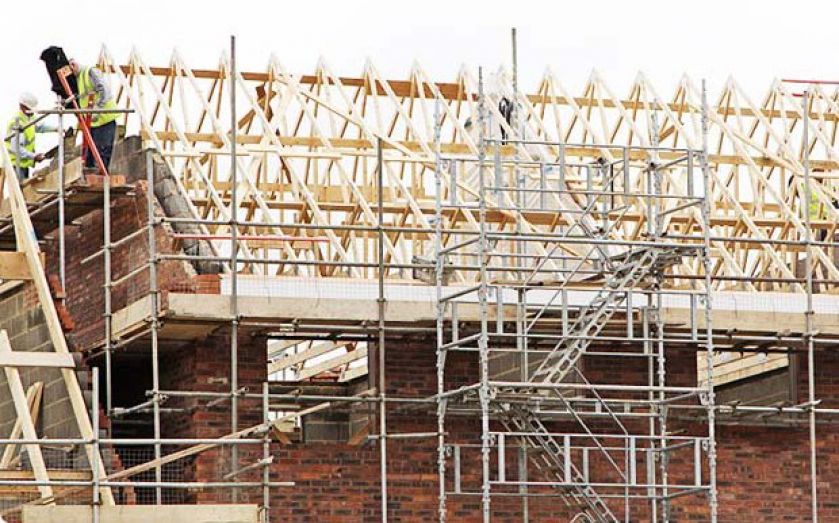London can solve its housing crisis – if the public sector stops sitting on land

THERE is a wonderful description of London from 1622, written by the pamphleteer Donald Lupton. He evokes the “Great Beehive”, “swarming” with people, the capital “a glutton that desires always to be full”. Now the largest city in Europe, Lupton’s characterisation of 400 years ago will be one that many Londoners recognise today.
Of course, London is not unique. Across the world, rapid urban growth has turned cities into the motors of the global economy. It has brought amazing benefits, and major pressures, particularly in infrastructure, including housing. In London that challenge is acute, because of a 30 year failure to build enough homes to meet demand. Turning it around is the mayor’s number one priority, but it isn’t his responsibility alone.
It requires radical change at every level, by government and developers. Independent figures show record housebuilding activity, but it’s still well short of the mayor’s call for 42,000 new homes a year. The mayor is investing billions to accelerate housebuilding on thousands of sites and is releasing swathes of disused land, but ultimately the goal will only be met if the industry steps up.
The issue is how to build homes which ordinary Londoners can afford, more quickly and in greater volume. Under this mayor, City Hall has helped to build 78,000 affordable homes so far, and forecasts show he will meet his manifesto pledge of 100,000 on time.
But like Berlin and New York, the capital also needs intermediate housing for young professionals and families, discounted to buy or rent. The mayor is delivering ambitious plans to increase the supply of such homes. Fifty thousand Londoners are now able to access part-buy, part-rent, with deposits averaging £12,000. Pension funds are investing in professionally-managed rented housing on City Hall land. Both offer credible alternatives to parental help or renting from bad landlords.
The fundamental challenge is land, often owned by government bodies. The potential is shown by places like Newington Butts in Elephant and Castle, where last week we confirmed a deal, using Canadian institutional investment, to build hundreds of new long-term private rent homes for Londoners. Yet while City Hall has released 90 per cent of its available land, others, notably the NHS, haven’t.
It is time legislation was introduced to enable that land to be transferred direct to the mayor for disposal, providing homes for Londoners rather than being left to waste. At City Hall, we have a “Domesday Book” of Greater London Authority assets. It offers more transparency and could be expanded to include everything from the public sector. And instead of auctioning assets off, consideration should be given by public bodies to how to extract more value over the longer term, by partnering with developers. This sort of thinking is happening at some big landowners like Transport for London. These bodies have the potential to be the Great Estates of the future, like those who built large parts of central and west London.
The industry needs to cut waste too. Out-dated building methods are costing time and money – and mean homes cost more. Housebuilders must harness new technology, using modular and off-site assembly.
Lupton’s London was geographically smaller but intensely developed. But it is extraordinary how much of the city is still unbuilt. We can double housebuilding within the capital, even with the constraint of the greenbelt, by unlocking land in the same way the Docklands were regenerated in the 1980s – with a massive programme, led by London government, focused on putting in infrastructure and attracting investment. That’s why the mayor has launched ambitious plans to deliver Housing Zones, kickstarted with £400m, while planning rules are being simplified to speed up development without compromising quality or space. The capital will be transformed, creating astonishing and affordable places to live.
